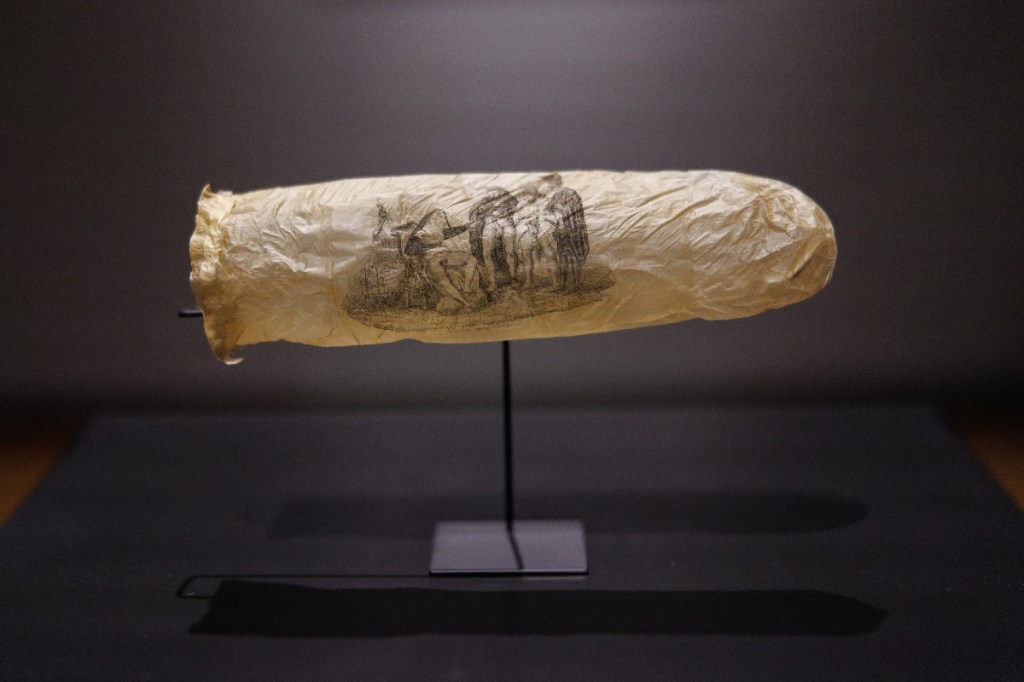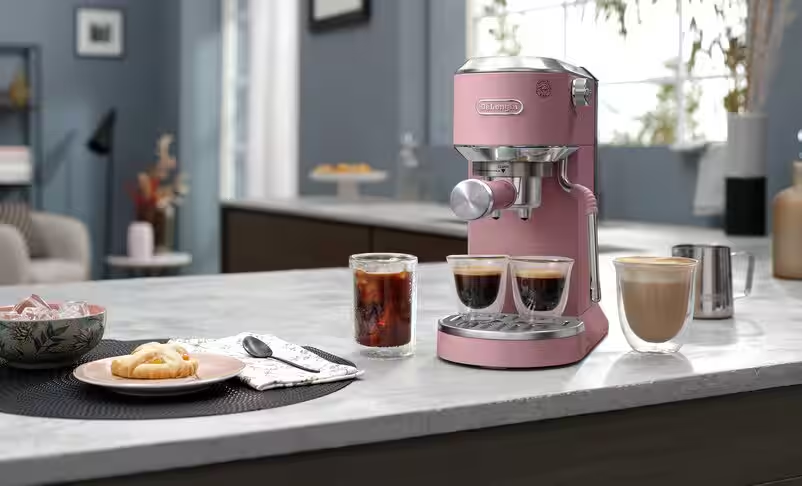Google owns Fitbit, and Fitbit owns Pebble. And Pebble hasn’t seen the light of day since it shuttered its doors in December 2016. Its problem was never that it had reached an evolutionary dead end in tech. It had actually identified and helped pioneer the smartwatch market in four short years.
Four short years and some change. That’s how long the Pebble company lasted until it filed for insolvency, and then Fitbit bought it and quit selling Pebble devices. In its time it became a pioneer, a harbinger of the ripe industry to come.
Videos by VICE
Google is betting that there’s still a market, after all, for a simplified, streamlined smartwatch interface, and on January 27, 2025, released PebbleOS (OS stands for operating system, the software on which the entire device runs) as open source, which means anyone can use the software (with certain stipulations) to create their own Pebble-based devices.
Can you guess who agrees? Pebble founder Eric Migicovsky, who’s bringing Pebble back.
what went wrong
People at the time of Pebble’s closing were hungry for more and more technology shoved onto their wrists, and by 2016 Samsung, LG, and Qualcomm had come out with their own smartwatches that’d shoehorned in more and more smartphone connectivity and health features.
Sony had released a successor to the SmartWatch, also launched in 2012. There were rumors that Apple was working on their own, which would eventually release in April 2015. Pebble found itself among boulders.

Migicovsky wrote a blog post the following year, ruminating about the causes for the company’s demise, and one of the most insightful was that the company had lost sight of its core consumer—the “geeky/hacker user base”—and became caught up in the idea of growth rather than developing a sustainable, long-term vision for its future.
what went right
Remember when Kickstarter was all the rage and still relatively new? One of the breakout stars was the Pebble smartwatch that became the most-funded Kickstarter up to that date shortly after it was launched on April 11, 2012.
Pebble raised $10 million from 68,000 orders in a short time. It was a tech world darling because it finally made Boba Fett the fashion-forward trendsetter we always knew he could be. Early adopters and techies could connect their iOS or Android devices to their Pebbles and get text and email notifications, stock prices, and navigational directions straight to their wrists.
Pebble sold more than two million watches before it folded in December 2016, having marked its time as a harbinger that didn’t get to enjoy the ripe market for smartwatches that developed in the years that followed.
Across the world in 2023, the industry collectively sold about 152.8 million smartwatches, according to ABI Research. Google’s own Pixel line of watches competes against the Apple Watch in the premium section of the market, and Fitbit revolves around fitness and health tracking.
Google, sensing that its own lineup doesn’t fulfill the needs of more offline-leaning folks burned out by being too online—or, perhaps more accurately, that open-sourcing PebbleOS won’t be a threat to their own business—gave the world a gift.
We’re eager to see what Migicovsky does with it. It’s only been a day, so it’s all ideas and nothing concrete yet, but early expectations are physical buttons, an always-on e-ink screen that allows for long battery life, and a focus on the core features of “telling time, notifications, music control, alarms, weather, calendar, (and) sleep/step tracking.”
It’s a timeless idea, but as an antidote to the fatigue of being so incredibly online all the time, it’s one that seems as solid as a rock.
More
From VICE
-

Photo by Rijksmuseum/Kelly Schenk -

Photo by Tibor Bognar via Getty Images -

De'Longhi Dedica Duo – Credit: De'Longhi -

We Are/Getty Images
